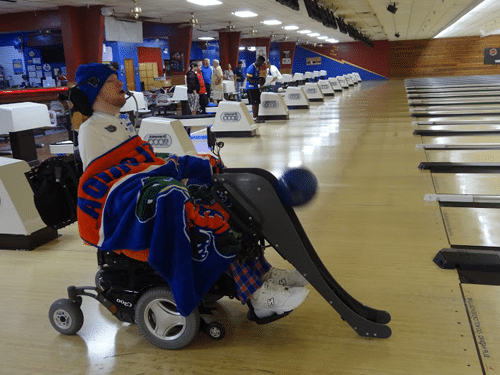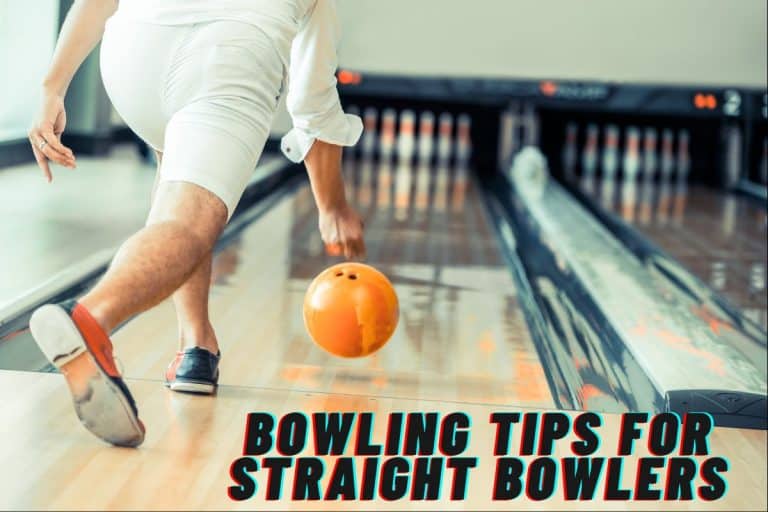What Is Inside a Bowling Ball? [Filler & Weight Block]
Ever wondered what is inside a bowling ball? Whether you are a novice or a professional bowler, you may have asked yourself this question once or may be a couple of times. In this post, we will dive deep into the process of constructing a bowling ball, more so the materials used in the process. Keep reading to find out what exactly is hidden inside those fragrant bowling balls.
Bowling balls are more sophisticated than they appear at first glance. Most bowlers give little thought to the many elements linked to weight and motion that manufacturers consider during construction.
The inside construction of a bowling ball is essential to its performance. Knowing this can be an added advantage when shopping for a ball.
Components That Make the Core of a Bowling Ball?
Bowling balls may look simple on the outside, but they are quite complex. Manufacturers of bowling balls are experts in their field and have spent much time and effort perfecting their products. The following are the typical components found inside a bowling ball:
-
Filler:
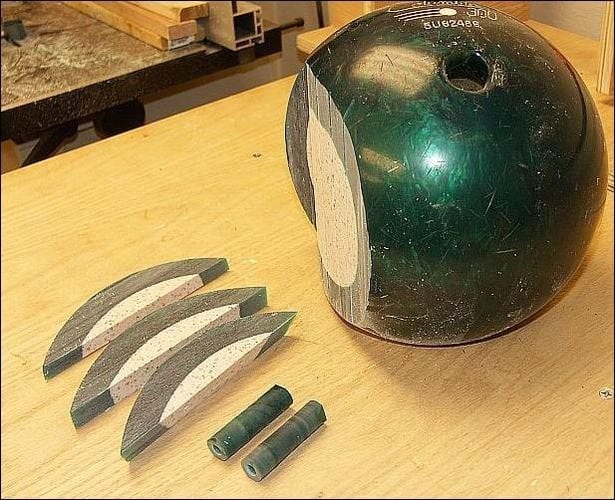
Bowling balls have a hollow core made of filler that serves as its central component. Typically, most manufacturers use microbubbles a favorite filler substance. And because of the density of this substance, manufacturers can adjust the weight of the ball without necessarily changing the overall size.
Bowling balls have cores of varying shapes and sizes. This affects how a ball responds to a throw and approaches the pins at the end of the alley.
-
Weight Block:
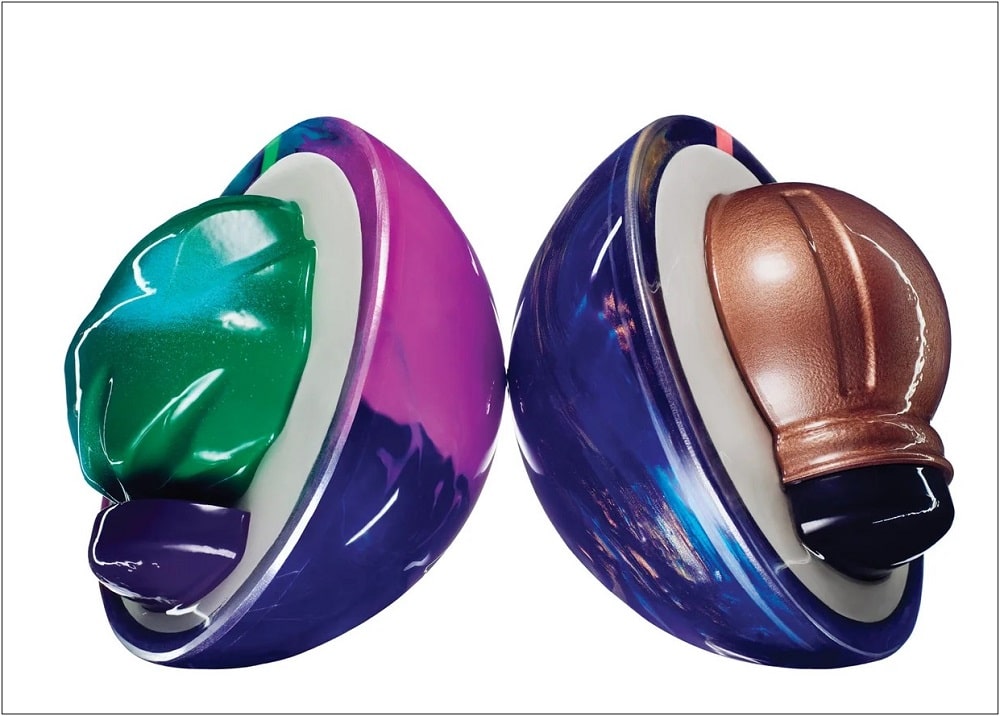
As a counterbalance to the throw, many modern bowling balls feature a weight block section. The ball's velocity, direction, and spin can all be altered by its design which is determined by the placement of these weight blocks.
Therefore, a bowler's success with one ball does not guarantee the same with another. As a result, a wide variety of bowling ball designs are available, each tailored to a certain playing style. With that said, let's see what is inside a bowling ball.
Types of Weight Blocks in a Bowling Ball
The weight blocks inside a bowling ball come in different types. Below, we will discuss some of the common ones, their features, and how they affect the ball’s ability to roll:
A) Captain Hook:
The silver circle, also known as the slug, makes the bottom of the roller's red disk heavier, termed a weight block. The Code Red's abrupt edge-to-center swing results from the irregular rotational forces caused by the model's construction due to the Captain Hook weight block.
b) Smooth Operator:
The mass in the green core of Phaze III is distributed equally; thus, even though it has an odd form, the sphere follows a curvy path when it collides with the pins at the end of the bowling alley. Professional bowlers utilize the motion of bowling balls with this type of weight block to gauge the lane's oil pattern during practice, hence the name “benchmark ball.” This allows them to fine-tune their technique or equipment selection in preparation for games.
c) Holey Roller:
When drilling finger holes in a holey roller, approximately 3–4 ounces of mass is lost. The dense weight inside might be broken off and thrown out, altering the planet's rotation. The blue core of the Alpha Crux features divots (most visible at the top) that provide space for digits without significantly altering the ball’s motion during gameplay.
D) Pin Puncher:
This type of weight block is found inside the symmetrical core of the Optimus bowling ball. It features signature red bulges that allow bowlers to fine-tune the ball's performance. The rolls will hook more forcefully if the holes are bored into the blob's bumps, but the mass will still guarantee a good curve if they are avoided. Larger iterations of the device, weighing up to 16 pounds, will smash through pins with more force, increasing the likelihood that they may knock out others in the process.
e) Spin Doctor:
The weight block's high density and low center of gravity allow bowlers with slower Rotations per Minute Rate (RPM) rates to increase the curves for each of their shots. And for kicks, Storm adds a scent to some of the balls: this one is scented like delicious gingerbread s'mores.
f) Tight Twirler:
The orange, X-shaped bulk of the Sure Lock is made of dense iron oxide. As a result, the weight is concentrated at the center, causing the ball to spin rapidly as soon as the bowler releases it, much like figure skaters begin spinning quicker as soon as they tuck in their arms. The extra spins may swing the ball back to its original alignment, even in oily, slick passageways.
How Are Bowling Balls Made?
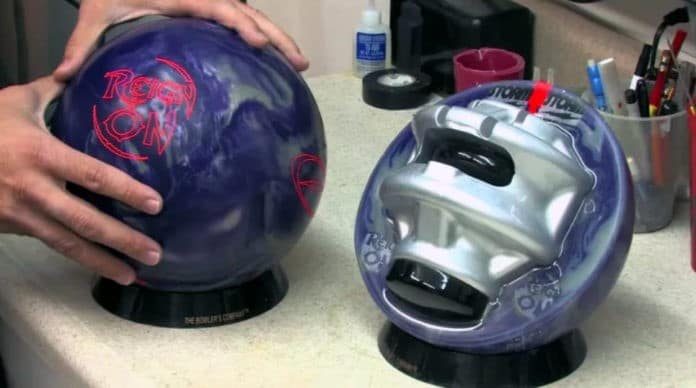
Until the early 1990s, bowling balls had a three-layered structure. The late 1990s saw with it the advent of new, more durable designs of these balls. Here’s a quick rundown of the steps involved:
1) Moulding the core:
To begin with, the manufacturer decides on a specific core shape. There are several different core shapes available, symmetrical and asymmetrical types. Once the shape of the core is chosen, the manufacturer then sets on making it. To do that, a mixture of ceramic or resin is poured inside the mould and baked to harden. While a majority of manufacturers opt for a single-core design, a few varieties of bowling balls feature dual cores; inner and outer cores.
2) Coverstock crafting:
Once the core of the ball is ready and set, only one more thing is left to fit; the coverstock. The coverstock or outer shell can be made of polyester, urethane, or reactive resin. Usually, the procedure begins with the drilling of a hole and inserting a long pin through the core.
The manufacturer then imprints their logo while also adding microscopic holes that will soak up the oil while the ball is rolling on the lane.
3) Finishing touch
Once the coverstock is in place, the long pin is removed. The resulting hole is then temporarily sealed using a dowel or a plastic peg. A lathe or grinder is then used to check and standardize the size and shape of the ball. A standard professional bowling ball should have a diameter in the range of 21.59 – 21.83 cm. The ball may also be polished further, to improve its performance on the lane.
Pro Tip!
In pro bowling gameplay, curved throws, also called hooks, are best suited for knocking down all ten pins. To achieve a perfect hook, professional bowling balls are crafted with an imbalanced core. Remember house bowling balls are built with a balanced core that makes them travel in a straight path.
Are Bowling Balls the Same?
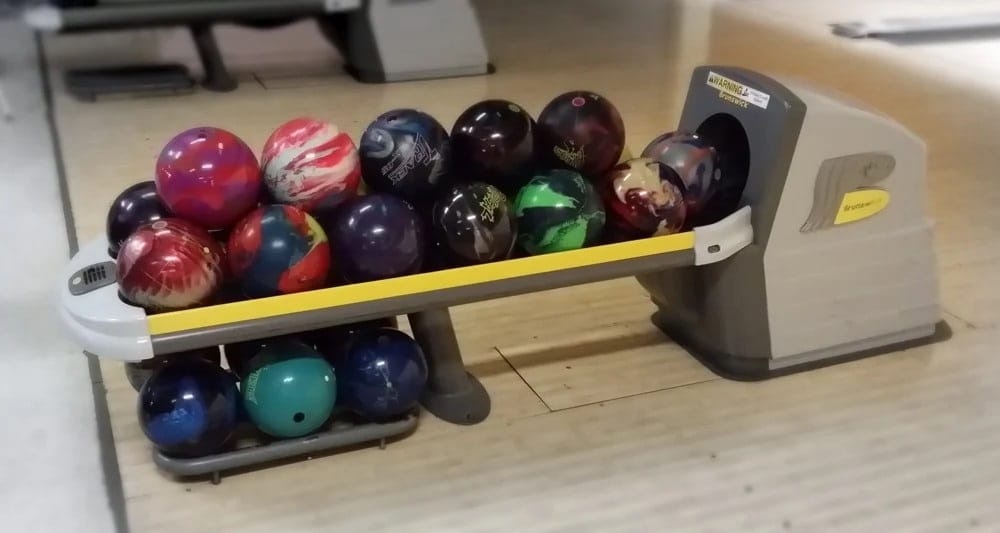
Not all bowling balls are created similarly. As any professional bowler will attest, a bowling ball's interior may significantly impact how it performs after being tossed.
Some bowling professionals choose a specific kind of bowling ball because it gives them a greater hook or more control. Bowling balls also have to vary finger-hold depths, making some easier to grip and throw than others.
Conclusion
We have come to the end of this article. Hopefully, now you know what is inside a bowling ball. We have also shared a couple of insightful bits about the process of making a bowling ball. Now you know that some bowling balls are designed and built with an imbalanced core in-order to achieve a hook. Remember that house bowling balls have a balanced core design to ensure they roll in a straight line with every throw at the lane. That being said, we come to the end of this post. Hope you found it very useful and informative.
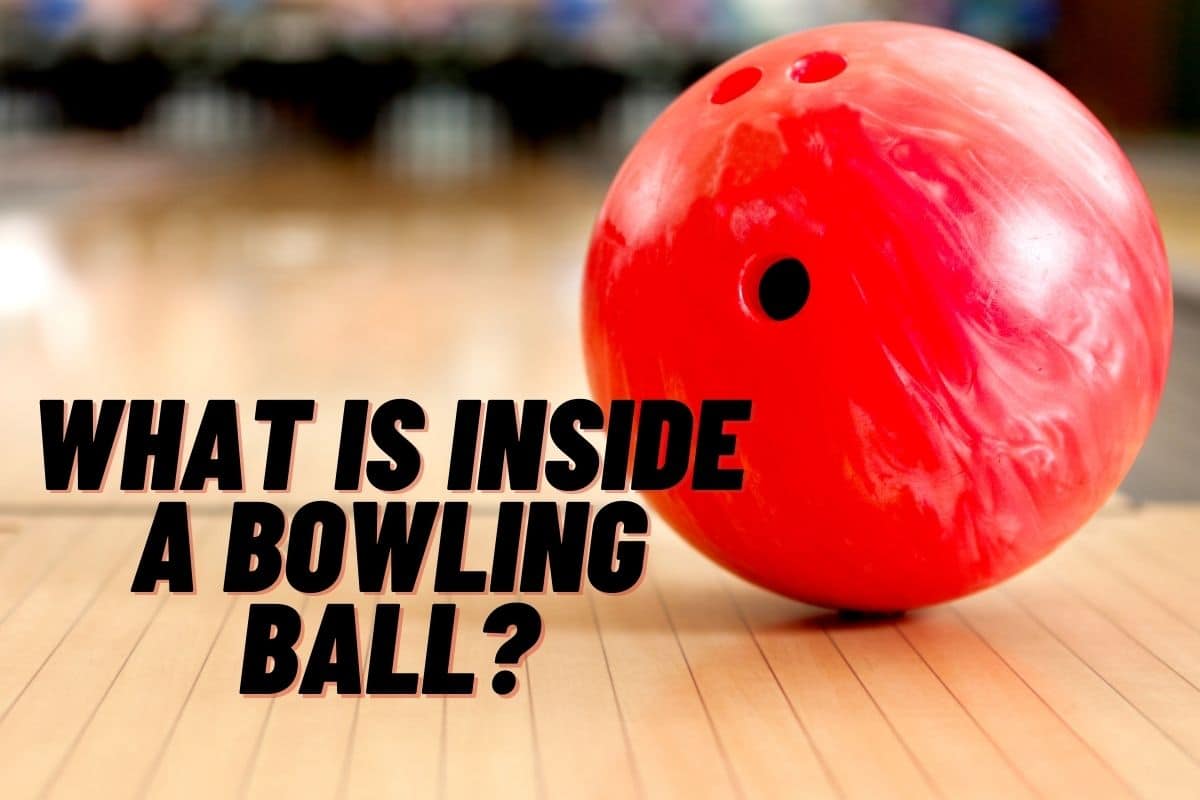
![Do Pro Bowlers use Finger Inserts? [Bowling Finger Grips]](https://www.bowlingknowledge.com/wp-content/uploads/2023/03/Do-Pro-Bowlers-use-Finger-Inserts-768x512.jpg)
